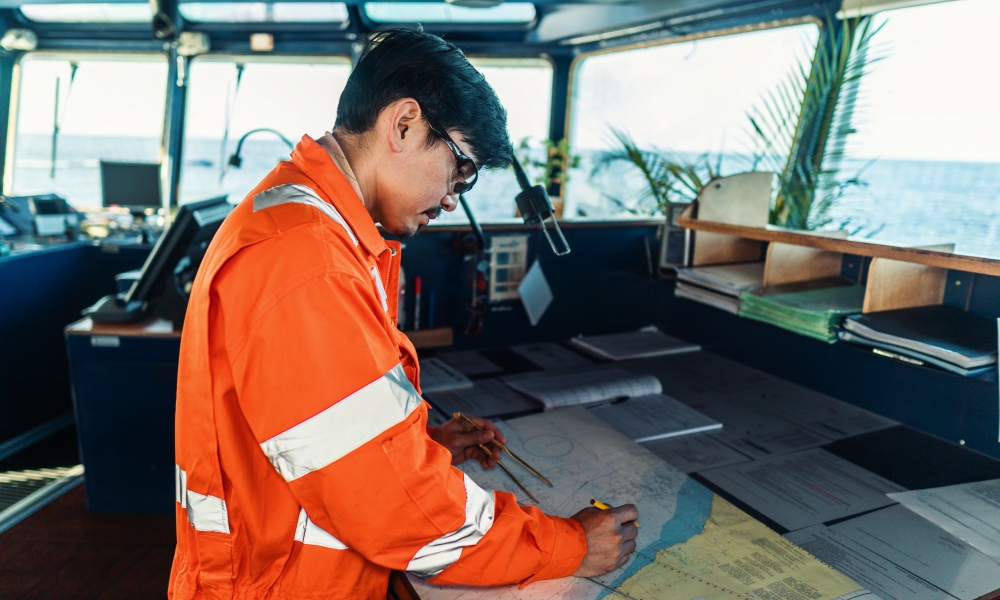Green shipping corridors pledge at COP27
Associated Sprints
Recent News
- Agile at the BES Symposium
- Youth-Led Research and Policy
- Greenhouse gas uncertainties: expanding the impact of research

At the COP27 climate summit in Sharm El-Sheikh, the United Kingdom, the United States, Norway and the Netherlands have pledged to establish a series of green shipping corridors to deepen their commitments to decarbonise maritime shipping, a known “hard to decarbonise” sector.
Green shipping corridors commonly refer to specific maritime routes that will be decarbonised end-to-end, both the landside infrastructure as well as the vessels travelling on this route. This announcement is the latest one in a sequence of recently announced green corridors by different countries and ports, including major ones such as between Australia and Japan, Los Angeles and Shanghai, and the ports of Dover, Calais, and Dunkirk. Such green corridors are essential to bring down emissions from the shipping sector, which must reduce 50% by 2050 compared to a 2008 baseline to comply with the target set by the International Maritime Organization (IMO).
However, there is still a long way to go before green corridors become a widespread reality, with many practical questions unanswered. Most prominently, identifying the most crucial routes to decarbonise first, in particular for long distance ones, is a major challenge, which is determined by the type of vessels going on a route, the availability and costs of energy supplies, and available land and infrastructure, among other factors. Green ammonia, identified as being the most favourable shipping fuel for long distance paths, is expected to play a major role in future long distance green corridors, but it is still facing uncertainties in the terms of the rate and extent to which it will be adopted as bunkering fuel and where the most suitable production sites will be.
The Agile Sprint ‘Pathways to decarbonising shipping via green ammonia’ project, will support governments in prioritising green shipping corridors based on their impact, suitability, and cost-efficiency. Based on detailed global models of shipping fuel demand, vessel inventories, and green ammonia production and distribution costs, the most suitable routes for creating green corridors can be identified. As such, it can help support the decision-making process of governments to move from ambitions to viable business cases and enable the implementation of their envisioned green corridors.


